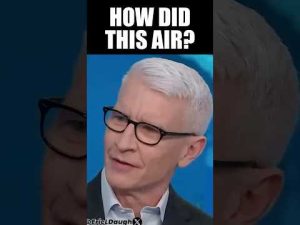President Trump’s new 25% tariffs on imported vehicles and auto parts are expected to trigger immediate price increases across the automotive market, with long-term implications for jobs, manufacturing, and consumer costs. Here’s what Americans need to know:
###
The tariffs, effective April 3 for vehicles and May 3 for parts, will apply to roughly half of all vehicles sold in the U.S., which are imported from countries like Mexico, Japan, and Germany. Experts predict new car prices could rise depending on the model and origin. Even U.S.-assembled cars won’t be spared due to their reliance on imported parts, with price hikes of 5%–15% expected.
:
– Foreign-made luxury brands (Ferrari, BMW, Mercedes) and budget-friendly imports (Hyundai Venue, Toyota RAV4) face the steepest increases. For example, a $24,000 Hyundai Venue could jump to $28,500.
– Stellantis’ RAM trucks (built in Mexico) could surge from $80,000 to $100,000.
– Over 50% of vehicles priced under $30,000 are imported, risking affordability for many buyers.
Used cars will also spike as demand shifts from pricier new models, creating a “competitive” market with fewer affordable options.
—
###
Auto repair costs are expected to rise due to tariffs on parts like engines and transmissions, which make up 60% of imported components. A $200 fender, for example, could rise to $250. Insurance premiums, already projected to climb 7% this year, will likely increase further to offset repair costs.
—
###
While the tariffs aim to boost domestic manufacturing, experts warn that job growth will lag behind price hikes. Automakers like Honda, Hyundai, and Toyota have announced U.S. expansions, but building factories takes years. , consumers face higher costs; , analysts question whether tariffs alone can reverse decades of offshoring.
—
###
– : Dealers may raise prices on existing inventory preemptively. With tariffs imminent, delaying purchases risks paying thousands more.
– : Check where a vehicle and its parts are made. Even “American” brands like Ford and Tesla rely on foreign components.
– : Pre-owned prices are rising, but bargains exist for models with high U.S. content.
—
###
These tariffs prioritize reshoring manufacturing but come with immediate pain for consumers. Prices are set to rise sharply, repairs and insurance will cost more, and used vehicles are no safe haven. While some jobs may return, experts caution that the trade-offs—higher costs, reduced competition—could outweigh benefits for everyday Americans.







